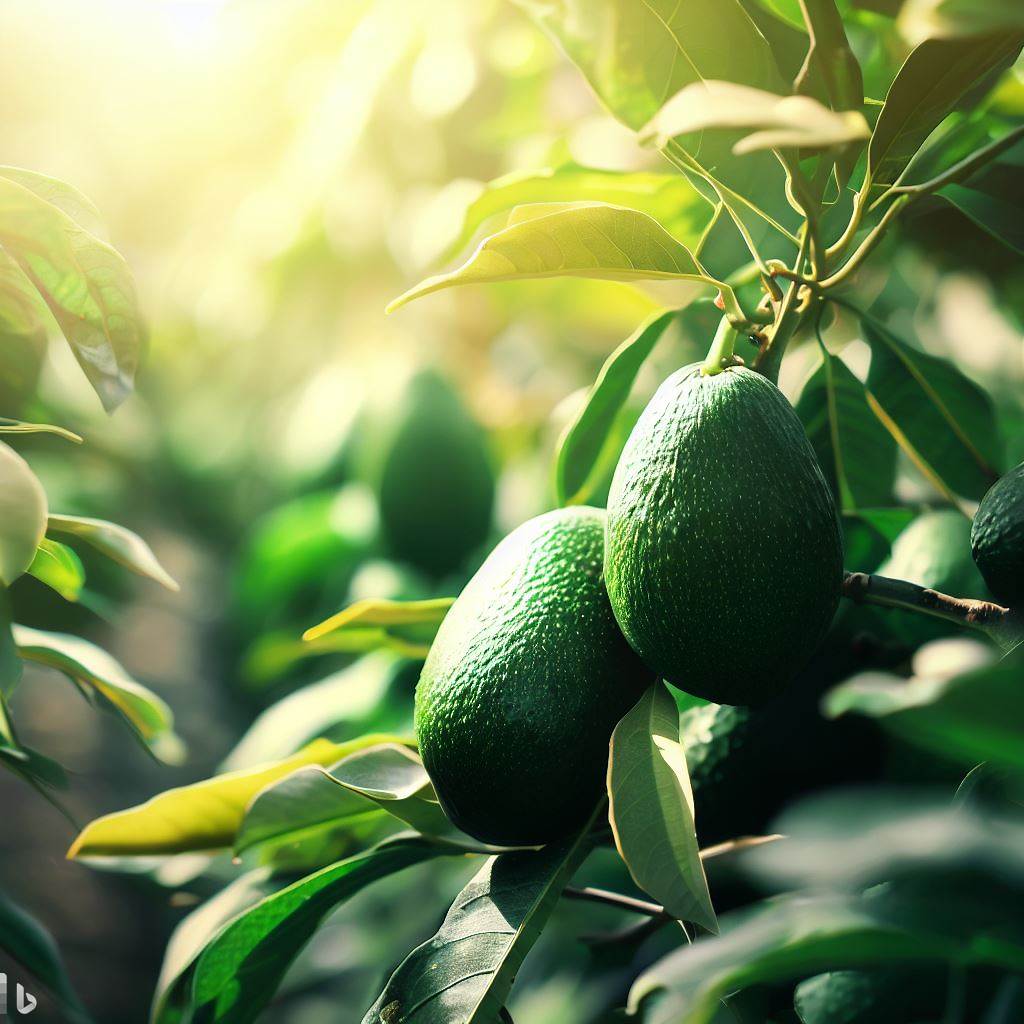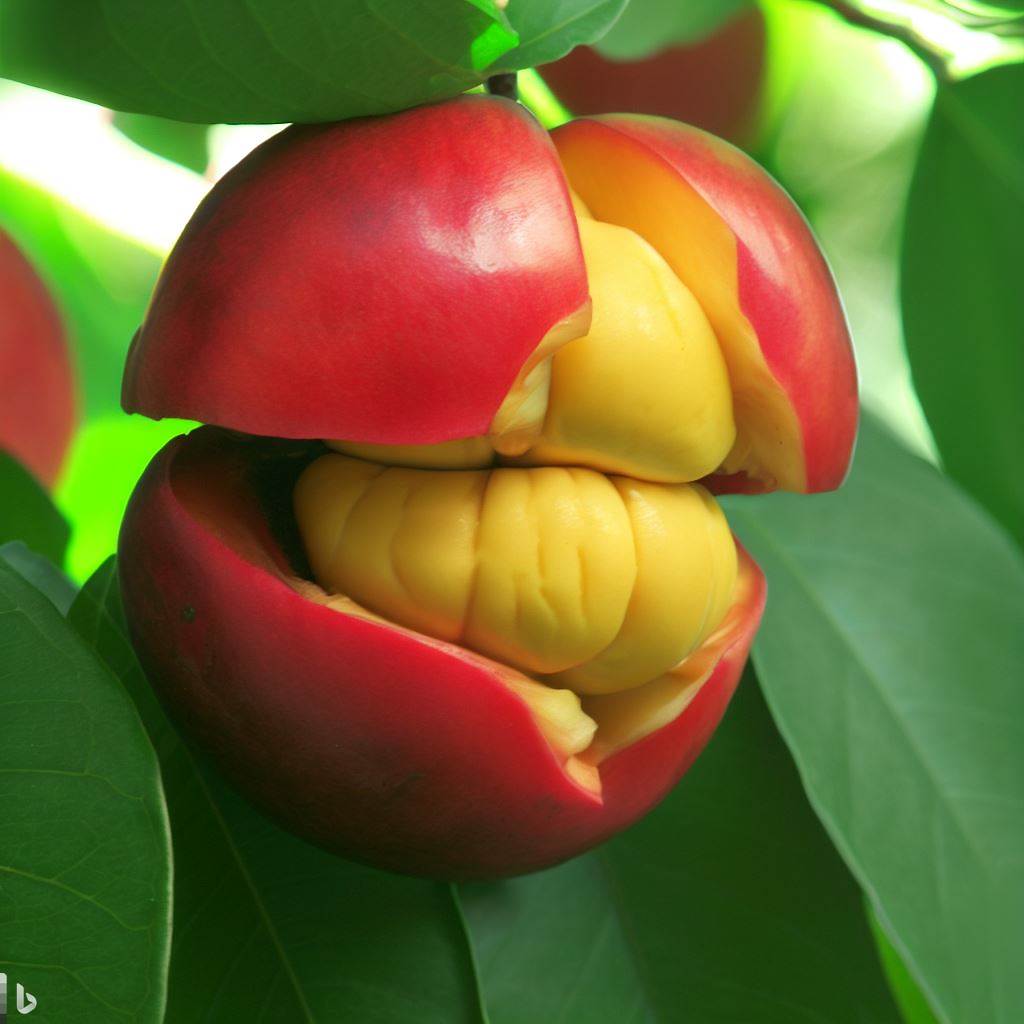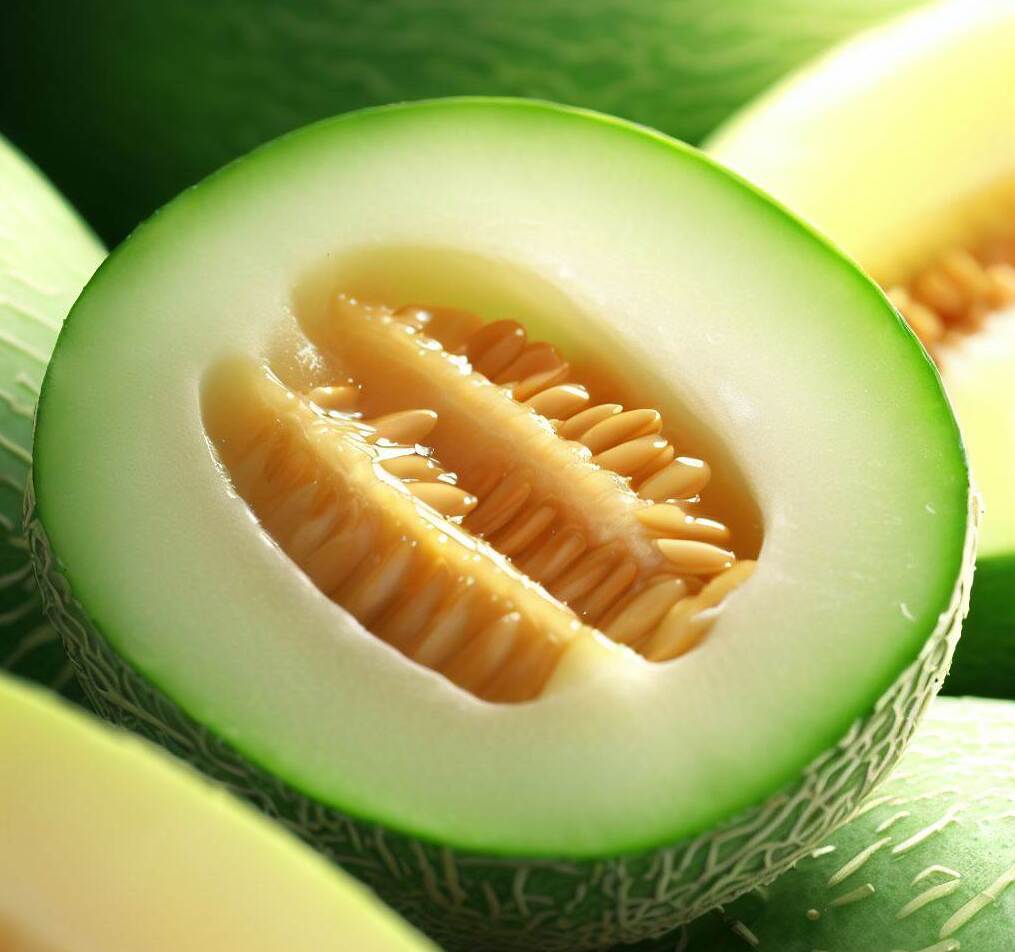Introduction
Avocado farming, an artful endeavor embraced by skilled hands, nurtures the majestic avocado trees to bear the luscious fruits of health and delight. In the sun-kissed embrace of tropical and subtropical regions, this cultivation weaves a tapestry of flavor, celebrating the buttery essence of avocados cherished across the globe.
Understanding Avocados
A. Avocado varieties and their characteristics Avocados come in a diverse range of varieties, each with its own unique characteristics. From the rich and creamy Hass avocado to the smooth and buttery Fuerte avocado, understanding the different varieties is essential for successful avocado farming.
Avocado Farming Basics
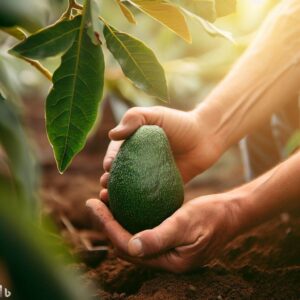
A. Selecting high-quality avocado seeds
The foundation of successful avocado farming begins with choosing high-quality seeds. Opt for seeds sourced from reliable suppliers or from previous avocado tree harvests with proven productivity. Look for seeds that are plump, undamaged, and exhibit good germination potential. Starting with healthy seeds increases the chances of developing robust avocado trees with high fruit yield.
B. Preparing the planting site
Preparing the planting site is a crucial step in setting the stage for successful avocado farming. Conduct a thorough evaluation of the land’s topography, drainage, and soil composition. Avocado trees thrive in sunny areas with well-draining soil, as excessive moisture can lead to root rot. Additionally, clear the site of any weeds, rocks, or other potential hindrances to ensure optimal growth conditions for avocado trees.
C. Planting techniques:
grafting and germination Two common techniques for avocado tree propagation are grafting and germination. Grafting involves combining a desired scion (top of the tree) with a rootstock (the base of the tree) to create a strong and productive tree. On the other hand, germination refers to growing avocado trees from seeds. Understanding the pros and cons of each technique allows farmers to select the most suitable method for their avocado farm.
D. Transplanting young avocado trees
Once the avocado trees have matured enough in the nursery, it’s time to transplant them to the designated farm area. Careful handling and planting techniques are crucial to minimize stress on the young trees. Ensuring proper irrigation, protection from extreme weather, and providing adequate support during the transplantation process will greatly improve the chances of successful establishment and growth.
Avocado Tree Care
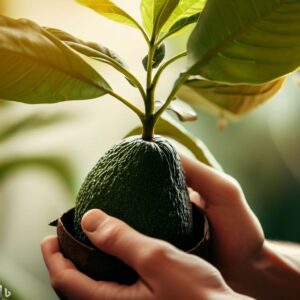
A. Proper irrigation and watering techniques
Maintaining proper irrigation and adequate water supply is essential for healthy avocado tree growth. Avocado trees require regular watering, especially during dry periods. However, it is vital to strike a balance and avoid over-watering, as it can lead to root rot and nutrient leaching. Monitoring soil moisture levels and adjusting irrigation schedules accordingly will promote optimal tree health and productivity.
B. Pruning methods to promote growth and productivity
Pruning plays a vital role in maintaining the shape, size, and overall health of avocado trees. Proper pruning techniques promote air circulation, sunlight penetration, and the formation of strong branching structures. Regular pruning also helps manage the tree’s height, making it more accessible for harvesting. Understanding when and how to prune avocado trees will optimize growth, productivity, and fruit quality.
C. Disease and pest management in avocado farming
Avocado trees are susceptible to various diseases and pests that can hinder their growth and reduce fruit production.
Maturation and Harvesting
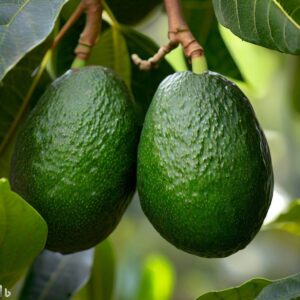
A. Avocado maturity stages and signs
Determining the right time for avocado harvest is crucial to ensure optimal fruit quality and flavor. Understanding the signs of maturity helps farmers avoid premature or overripe harvests.
B. Harvesting techniques for optimal fruit quality
Adopting appropriate harvesting techniques is vital to prevent damage to the avocados and maintain their quality. Harvesting avocados by gently twisting and pulling them from the tree helps minimize bruising. Using padded containers or buckets during the harvest process further protects the fruit from any potential impacts that could reduce their market value.
Avocado Marketing and Sales

A. Market analysis and identifying target customers
Conducting market analysis and identifying the target customers are key steps in establishing a successful avocado marketing strategy. Understanding market trends, consumer preferences, and competition can help target specific markets and tailor marketing efforts accordingly. Whether focusing on local consumers, restaurants, or supermarket chains, identifying the ideal customer base enables farmers to develop effective marketing campaigns.
B. Packaging and transporting avocados to ensure freshness
Designing packaging solutions that provide protective cushioning, adequate ventilation, and clear labeling enhances the overall customer experience. Proper handling and adherence to temperature control measures during transportation further ensure that the avocados maintain their quality and arrive at their destination in optimum condition.
C. Distribution channels and partnerships
Establishing efficient distribution channels and building partnerships within the supply chain are essential for successful avocado sales. Collaborating with reputable distributors, local retailers, or supermarket chains can greatly expand the reach of your avocados. Additionally, participating in farmers’ markets or online platforms enables direct access to consumers, fostering a sense of trust and loyalty towards your brand.
Avocado Farm Economics
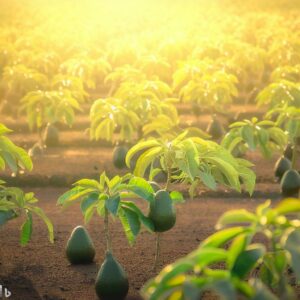
A. Cost estimation for avocado farming
Understanding the cost implications of avocado farming is vital for effective financial planning and profitability assessment. Costs such as land acquisition, tree maintenance, irrigation systems, fertilizers, labor, and marketing expenses all contribute to the total investment required. Conducting a comprehensive cost estimation analysis allows farmers to make informed decisions and evaluate the feasibility of avocado farming as a business venture.
B. Maximizing yields and profitability
Maximizing yields and ensuring profitability are key goals for avocado farmers. Adopting best agronomic practices, such as soil fertility management, optimized irrigation systems, and efficient pest control methods, can significantly increase productivity. Developing economies of scale, exploring value-added product opportunities, and establishing strong market connections also contribute to maximizing profitability in the avocado farming business.
C. Avocado farming as a business venture
Avocado farming presents an attractive business opportunity due to increasing global demand and high market value. However, success in this venture requires careful planning, implementation of effective management practices, and a thorough understanding of the avocado industry. Balancing financial aspects, market dynamics, and sustainable farming practices allows avocado farming to become a profitable and rewarding business endeavor.
D. Evaluating risks and managing uncertainties
As with any business venture, avocado farming involves various risks and uncertainties.
Sustainable Avocado Farming

A. Environmentally friendly practices in avocado
farming Adopting environmentally friendly practices in avocado farming is not only beneficial for the ecosystem but also enhances the overall sustainability of the farm. Employing organic pest control methods, practicing responsible water management, and promoting biodiversity conservation through habitat preservation contribute to a healthier and more balanced avocado farming system.
B. Water conservation techniques
Water scarcity is a critical concern in many avocado farming regions. Implementing water conservation techniques, such as drip irrigation, moisture sensors, and mulching, helps optimize water usage while minimizing waste. Additionally, capturing and utilizing rainwater or employing efficient water recycling systems can further reduce the farm’s water footprint.
C. Soil health management and biodiversity conservation
Maintaining soil health is pivotal in achieving sustainable avocado farming practices. Implementing soil conservation measures such as cover cropping, crop rotation, and organic fertilization enhances soil structure, fertility, and nutrient retention. Furthermore, creating habitats and protecting beneficial insects, birds, and other wildlife species promotes biodiversity within the avocado farm, contributing to ecosystem balance and resilience.
Avocado Farm Certification and Standards

A. Meeting international quality standards
Complying with international quality standards is vital for exporting avocados to global markets. Understanding the specific quality requirements and conformity assessments of target markets enables farmers to meet the necessary standards. Adhering to regulations regarding fruit size, appearance, ripeness, and post-harvest treatments ensures that exported avocados meet the expectations of discerning consumers worldwide.
B. Ensuring food safety and traceability
Efficient traceability systems provide transparency and accountability, assuring consumers of the integrity and safety of the avocados they consume.
Avocado Industry Trends and Innovations
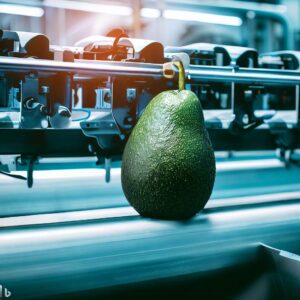
A. Current and emerging market trends
Keeping abreast of current and emerging market trends is paramount for success in the avocado industry. Stay informed about consumer demands, preferences, and evolving dietary trends. Niche markets such as organic, sustainable, and locally sourced avocados are gaining traction. Embracing these trends and adjusting farming practices accordingly can position avocado farmers at the forefront of the market.
B. Technological advancements in avocado farming
Advancements in technology have revolutionized various aspects of avocado farming. From automated irrigation systems and precision farming tools to remote sensing and data analytics, adopting such innovations can improve farm efficiency, reduce resource wastage, and monitor crop health. Embracing technology empowers avocado farmers to optimize production processes, increase yields, and minimize environmental impact.
C. Innovations in avocado value-added products
The avocado industry is witnessing a surge in value-added products that cater to diverse consumer preferences. From avocado oil and guacamole to avocado-based skincare products and dietary supplements, the potential for expanding product offerings is immense. Exploring these innovations and diversifying product lines can generate additional revenue streams and capitalize on the growing popularity of avocados.
Summary and Key Takeaways

A. Recap of the main points covered in the article
Throughout this comprehensive guide, we’ve covered every aspect of successful avocado farming, from selecting high-quality seeds to marketing strategies. We explored avocado varieties, ideal growing conditions, tree care, maturation, harvesting, economics, sustainability, certifications, industry trends, and innovations.
B. Importance of proper avocado farming practices
From careful seed selection to post-harvest handling, each step contributes to the overall success of your operation. By applying best practices, you can establish a sustainable avocado farm that thrives in the competitive market while preserving the environment.
FAQ’s
What type of soil do avocado trees prefer?
Avocado trees prefer well-draining soils with good aeration. While they can tolerate a range of soil types, sandy loam and loamy soils with a pH between 6 and 7 are generally preferred.
How are avocado trees propagated?
Avocado trees can be propagated through seeds, grafting, or budding. Grafting is the most common method used in commercial avocado farming as it allows for the propagation of specific, desirable traits from established avocado trees.
What are the common avocado varieties?
There are various avocado varieties, each with unique characteristics. Some common varieties include Hass, Fuerte, Bacon, Pinkerton, and Reed. The choice of variety depends on factors like climate, market demand, and intended use.
How much water do avocado trees need?
Avocado trees have moderate to high water requirements. Adequate and regular irrigation is crucial, especially during dry periods or droughts, to ensure healthy tree growth and optimal fruit production.
Do avocado trees require pruning?
Yes, regular pruning is essential in avocado farming. Pruning helps maintain tree size, shape, and air circulation, leading to healthier trees and improved fruit yield.
What pests and diseases affect avocado farming?
Avocado farming faces challenges from pests such as thrips, mites, and beetles, as well as diseases like root rot, anthracnose, and avocado sunblotch viroid. Farmers use integrated pest management (IPM) strategies and disease control methods to minimize damage and protect the crops.

